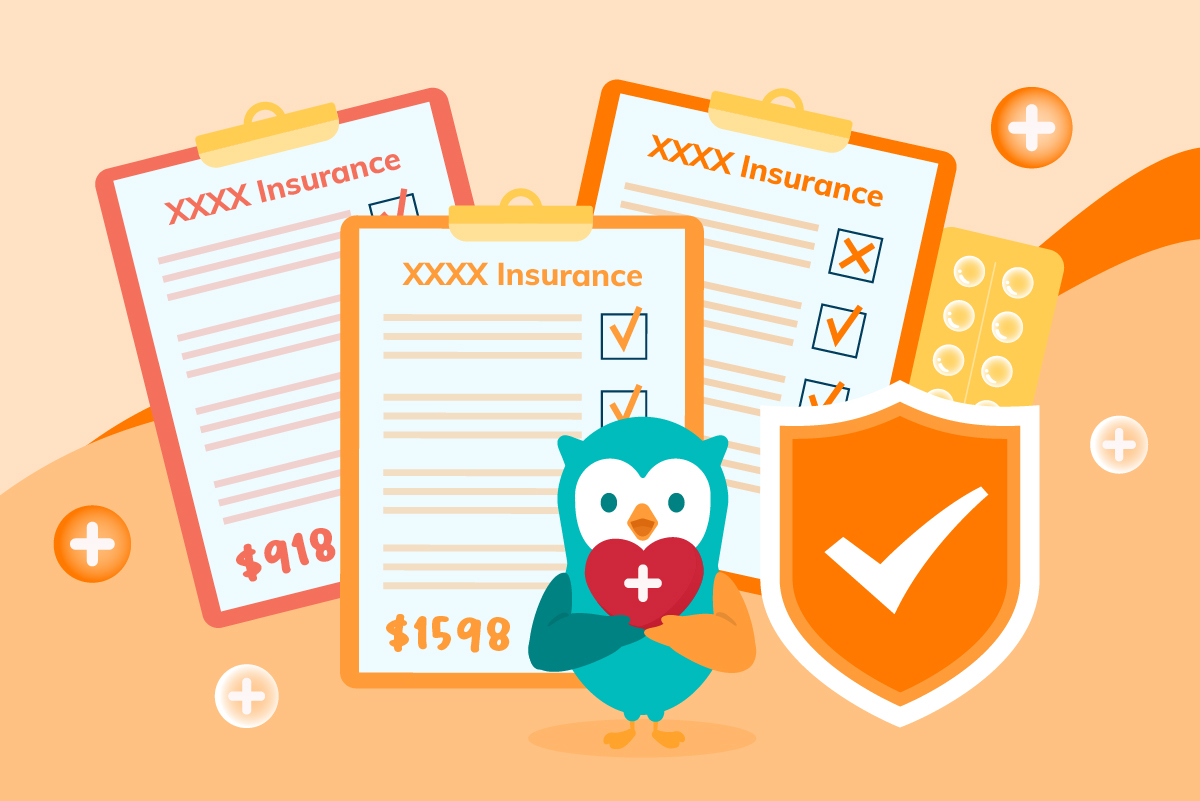Note: It was announced in November 2023 that MoneyOwl will be acquired by Temasek Trust to serve communities under a re-purposed model, and will move away from direct sale of financial products. The article is retained with original information relevant as at the date of the article only, and any mention of products or promotions is retained for reference purposes only.
______________
In times of market turbulence, such as what we’re experiencing recently, cash investments or liquid funds, should form an essential part of your investment portfolio.
They are a distinct investment category and serve a different purpose from equity or bond investments. While equities have the potential for capital appreciation and bonds give you income, cash investments serve as a good home for the cash that you are setting aside for unexpected situations, such as medical expenses or sudden job loss, as it allows you to preserve it’s spending power by squeezing higher returns from it.
Today, a myriad of options is available to you, many of which can be accessed anytime, anywhere, with a few clicks on your mobile phone. We list some of the more popular options and how you can decide which is most suitable for you.
Comparisons of Cash Investment Products in Singapore
| Cash Investment Product | Projected Annual Yield | Underlying Investments | Associated Risk | Withdrawal Time | Min Deposit Amount |
|---|---|---|---|---|---|
| MoneyOwl’s WiseSaver | 3.95%* | Fixed Deposits | Low to no risk | 1-2 business days | S$10 |
| Endowus Cash Smart | 3.40% – 4.6% | Fixed Deposits + Money Market/Short-duration bond fund | Some credit default risk and price risk | 3-5 business days | S$1000 |
| Stashaway Simple+ | 4.6% – 5% | Money Market/short-duration bond fund | Some credit default risk and price risk | 1-4 business days | No Minimum |
| Syfe Cash+ | 3.30% | Money Market/short-duration bond fund | Some credit default risk and price risk | 1-3 business days | No Minimum |
| Singapore Savings Bonds (SSBs) | 3.01% – 3.53% (depending on tenure from 1- 10 years) | Savings bonds backed by the Singapore Government | Essentially risk-free | 2nd business day of the following month | S$500 |
| Singapore Banks Fixed Deposits | 3.22% (average deposit rate) | Singapore Banks | Low to no risk | Lock in period typically 1-3 years | Ranges from S$500 – S$100,000 |
In our analysis, we will categorise the instruments based on their risk levels.
Medium to Low Risk
The underlying instruments of the cash management funds offered by local robo-advisers such as Endowus, Stashaway and Syfe typically consist of a combination of fixed deposits, high-quality government and corporate debt instruments, and short-term bond funds. While bond funds and debt instruments may offer higher returns compared to fixed deposits, on the flip side, they are exposed to interest rate risk and credit default risk.
The interest rate risk is reflected in the bond component. The price of bonds is inversely related to interest rates. While bonds tend to do well in a low-interest rate environment such as in 2020, they have been performing poorly for the past year when global interest rates start to rise. This has resulted in some investors seeing negative returns on these instruments.
Credit default risk is when the borrower is not able to pay its obligations in full or on time. When the cash management fund includes debt instruments or bonds issued by a company, there is a risk that the company may not make these payments on time perhaps due to a weaker economy, or when the company faces increased competition. An example was when Chinese property giant Evergrande defaulted on its debts in 2021, which had a ripple effect throughout the Chinese economy. Funds which were marketed as cash solutions and had allocations in the China market might have taken a hit by this incident.
Some robo-advisers or brokers may take the stance that their model portfolios can be named “cash management portfolios” even if one or more of their underlying funds is actually a bond fund. Clients may therefore wish to take a look at the underlying funds to decide if they are exposed to bond risk or “cash” risks. The names of the funds themselves can offer information. Fund managers are very careful to name their funds appropriately, so if “cash” is not in the proper fund name, then it is more likely to be a short-duration bond fund. This is because under the MAS’ Code on Collective Investment Schemes (CIS) – unit trusts being a type of CIS – there are explicit requirements that the names should be appropriate, not be undesirable and not be misleading. There is also explicit guidance that the term “cash” should not appear in the names of funds that do not comply with various money market requirements, including certain asset and duration limits. At least 10% of fund net asset value should be in daily maturing assets and at least 20% in weekly maturing assets to qualify.
Besides the name of the fund, the underlying holdings of the fund will also tell you what type of fund it is. For example, one of the popular funds in robo-advisory portfolios, the LionGlobal Enhanced Liquidity Fund, does not mark their short-duration bonds to market but uses amortised pricing. Although the fund does not suffer meaningful negative NAV movements, the assets ultimately are not cash but contain debt instruments from various corporate sectors as well as other countries including China, South Korea, Australia, UAE etc.
Low to No Risk (SSBs, Singapore Banks Fixed Deposits and MoneyOwl’s WiseSaver)
On the other end of the spectrum, are low or no-risk cash management solutions. Singapore government securities such as Singapore Savings Bonds (SSBs) are growing in popularity in recent months. Many are drawn to them due to their rising rates and their risk-free nature, as they are backed by the Singapore government. However, the downside is the month’s wait before you receive the money. The popularity of SSBs, along with their limited release each month, also means you may be allocated less than what you would like.
Fixed deposits (FDs) offered by banks are a traditionally popular option – your money is safe and grows steadily. Furthermore, FD rates have recently reached their highest in over 2 decades. However, there is typically a lock-in period and although your capital is protected, you will need to pay a small penalty if you withdraw the money before maturity. And at the end of the FD tenure, you will need to shop around for another FD with the best rates to park your cash again.
MoneyOwl’s WiseSaver comes in to offer the best of all worlds – competitive rates, low to no risk, and high liquidity. The underlying fund of WiseSaver is the Fullerton SGD Cash Fund, which invests mainly in Singapore dollar fixed deposits and short-term Singapore Government Treasury Bills. The fund manager essentially rolls over monies received from matured FDs and reinvests them in the latest FD contracts to keep up with the most competitive yield available in the current rising interest rate environment. There is also no lock-in period as you can withdraw the monies anytime without penalty within 2 business days. The unit trust structure of the Fullerton SGD Cash Fund has essentially transformed FDs into highly liquid, floating rate instruments that benefit from a rising rate environment. The fund, which is currently at $2.2b in size, is a popular Treasury solution for big corporates.
Have you decided which cash management solution is suitable for you?
When deciding which cash management option to go for, do consider your financial goals, time horizon, risk appetite and how much assets you have.
At MoneyOwl, we believe that the fundamental goal of cash investments should be capital preservation above all else. Your cash reserve should be risk-free and readily accessible during times of emergency. They can also act as “dry powder” which can be invested in attractive opportunities that come along later.

Consider parking your emergency funds in MoneyOwl’s WiseSaver, a cash management account now at an attractive gross yield of 4.12% p.a. (5-day moving average as of 3 November 2023).
This article was first published in 30 September 2022, and has been updated as of 10 March 2023
Disclaimer:
While every reasonable care is taken to ensure the accuracy of information provided, no responsibility can be accepted for any loss or inconvenience caused by any error or omission. The information and opinions expressed herein are made in good faith and are based on sources believed to be reliable but no representation or warranty, express or implied, is made as to their accuracy, completeness or correctness. Expressions of opinions or estimates should neither be relied upon nor used in any way as indication of the future performance of any financial products, as prices of assets and currencies may go down as well as up and past performance should not be taken as indication of future performance. The author and publisher shall have no liability for any loss or expense whatsoever relating to investment decisions made by the reader.





